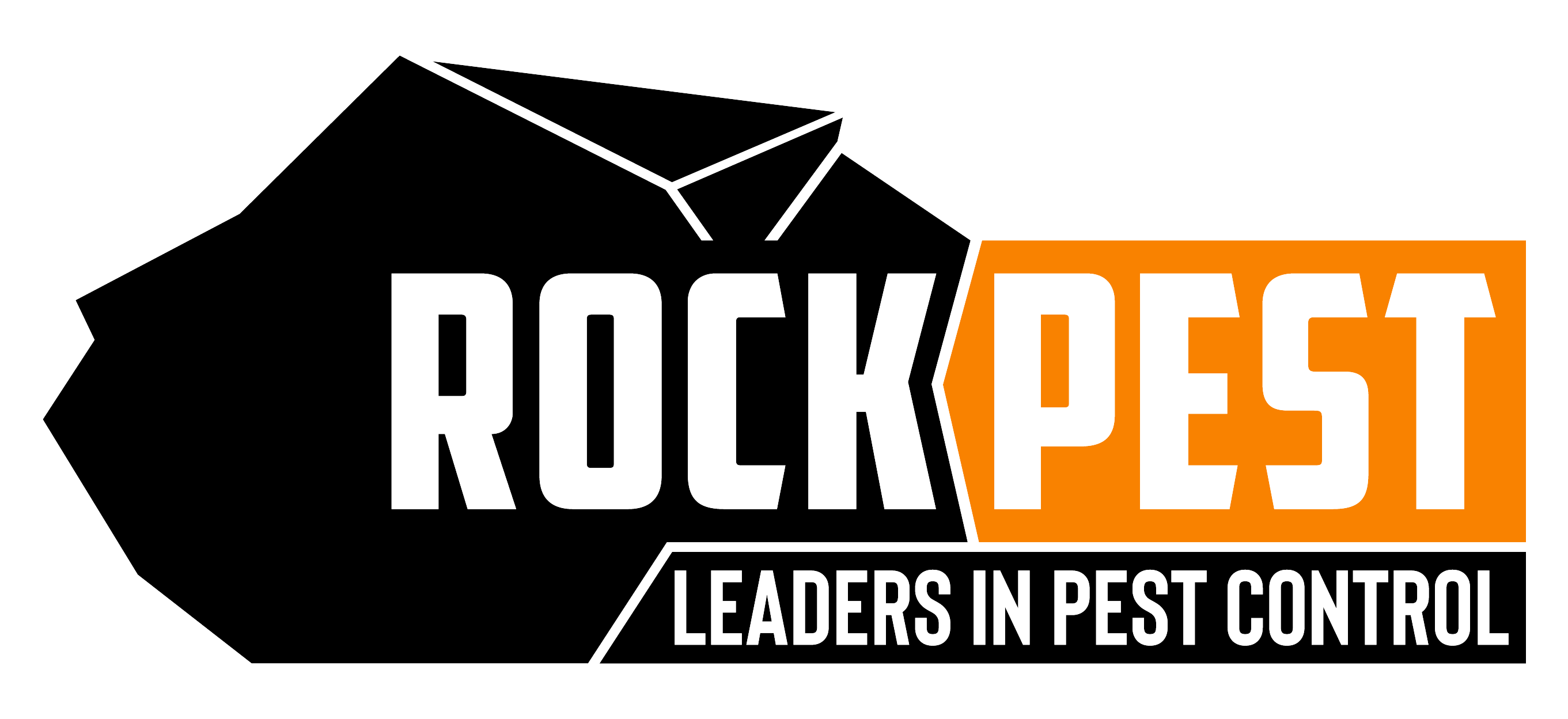The Dangers of Ignoring Pest Problems in Your Home
A stray ant on the kitchen counter or a mouse darting behind furniture might seem harmless. But dismissing these signs often leads to bigger trouble. Pests multiply quickly, turning minor nuisances into full-blown infestations. Beyond the obvious irritation, they threaten health, property, and peace of mind. Understanding these risks helps homeowners act before small problems spiral.

Hidden Health Hazards Lurk in Unchecked Infestations
Pests carry pathogens that jeopardize human health. Cockroaches, for example, leave droppings and shed skin that triggers asthma attacks, especially in children. Rodents contaminate surfaces with urine and feces linked to diseases like salmonella. Mosquitoes breeding in stagnant water spread the West Nile virus. Even dust mites, invisible to the eye, worsen allergies through airborne particles.
Ignoring these risks allows colonies to grow. A single female mouse births up to 35 offspring yearly. Each new generation amplifies exposure to germs. Over time, families face recurring illnesses or respiratory issues. Vulnerable groups are the ones who suffer most from this negligence.
Prolonged infestations transform homes into hazardous environments.
Silent Destroyers Compromise Your Home’s Structure
Termites epitomize stealthy destruction. Workers chew through wood 24/7, hollowing beams and floors without visible signs. By the time sagging ceilings appear, repairs cost thousands. Similarly, carpenter ants tunnel through damp wood, weakening support structures. Rodents gnaw electrical wiring, raising fire risks.
Moisture-loving pests accelerate decay. Silverfish devour books and wallpaper glue, while powderpost beetles turn furniture into sawdust. Left unaddressed, these invaders degrade a home’s integrity. Foundations shift. Walls crack.
What begins as a minor issue escalates into unsafe living conditions.
Financial Strain Follows Delayed Action
Many homeowners postpone pest control to save money. Yet procrastination often backfires. The worst part is that insurance rarely covers infestations, labeling them preventable. Meanwhile, recurring treatments for advanced problems drain budgets.
Stress and Stigma Erode Quality of Life
Infestations burden mental health. Constant rustling in walls or spotting bugs induces anxiety. Sleep suffers. Embarrassment prevents hosting guests. Tenants risk lease violations or eviction if landlords discover pests. Over time, stress compounds, affecting productivity and relationships. A home should be a sanctuary, not a source of dread.
Act Before Risks Escalate
Pests multiply faster than most realize. A single pair of rats can spawn 15,000 descendants in a year. Termite colonies grow for years before detection. Early intervention stops invaders before they overrun spaces. Preventive measures matter, too. Sealing cracks, storing food properly, and fixing leaks deny pests access. But once they’re inside, only professional action can stop the damage from getting worse.
Underestimating pests risks health, safety, and financial stability. These uninvited guests damage more than property. While DIY efforts might seem tempting, expert intervention addresses root causes. Mishandled chemicals endanger families and pets. Over time, survivors develop resistance to off-the-shelf products. Professionals, however, use targeted methods. They identify species, locate nests, and apply treatments that break breeding cycles. Delaying their involvement allows pests to adapt, making eradication harder.
Protecting your home starts with acknowledging that pests aren’t just nuisances. They’re threats requiring immediate attention.
